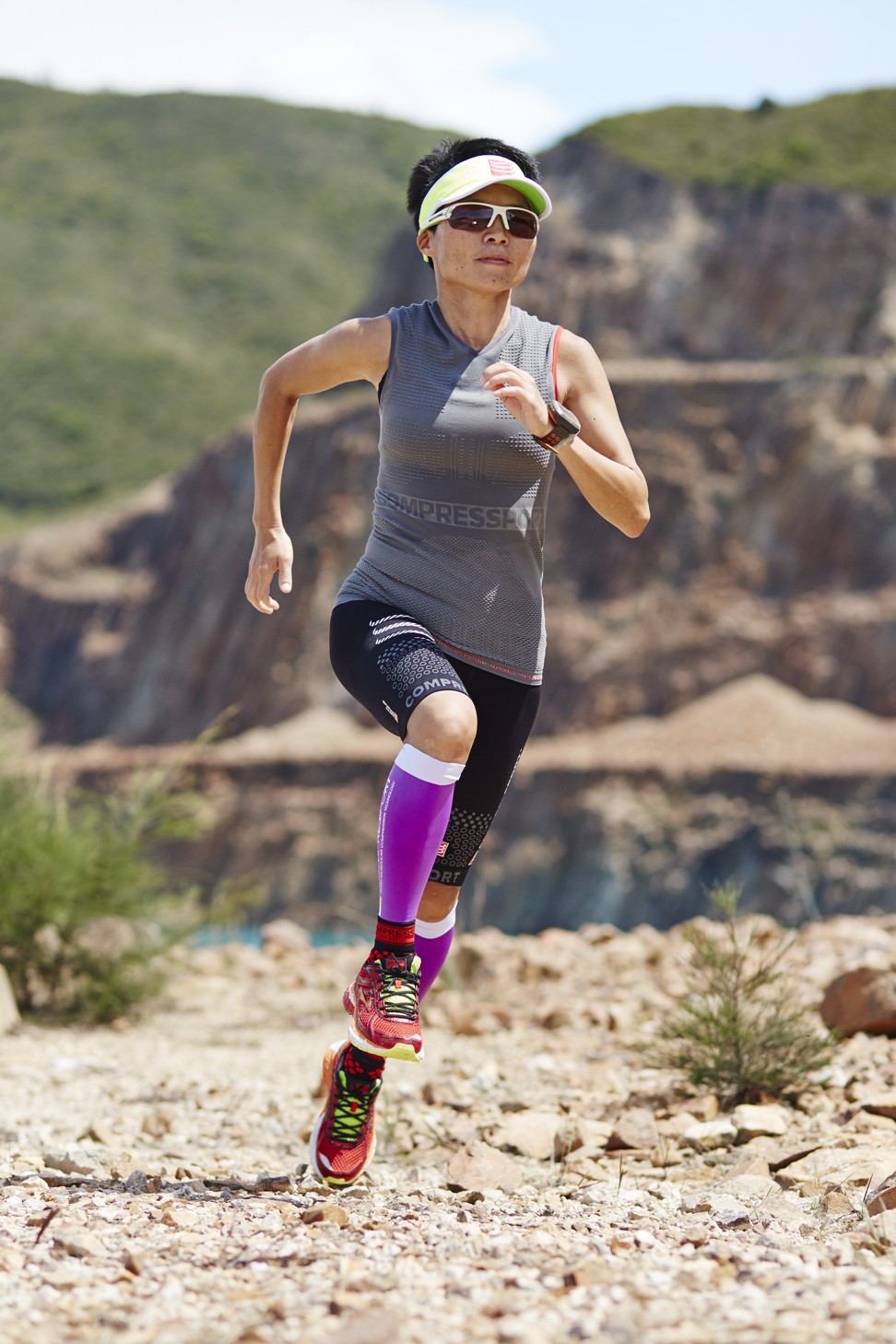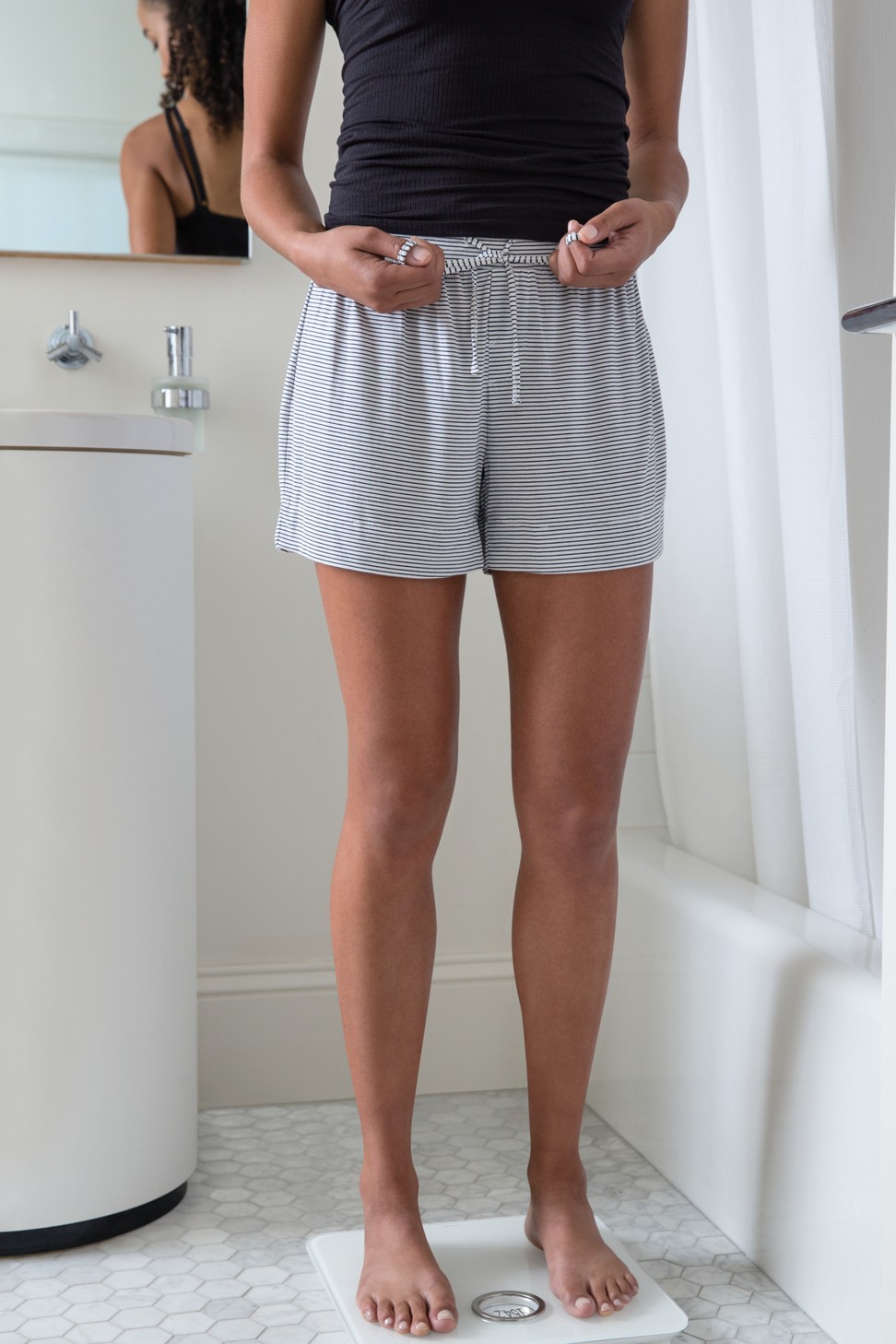
On-the-go fitness tech helps runners enhance performance
Most mid- to top-range wrist-based activity trackers record heart rate and stress levels that can help fine-tune training intensity and boost recovery times
In the heat of summer, there’s no place like home to while away one’s leisure hours in air-conditioned comfort.
Yet, autumn signals the start of outdoors time and, as thousands of Hongkongers head to the hills and highways for the foot-racing season (which runs from October through to April or May), fitness tech – in particular, smart sport watches – is flying off retailers’ shelves.
Keeping track of your training data might help to maintain motivation, but are these connected devices effective in enhancing performance?
“Absolutely,” says Shakeel Nawaz, director of retail operations at Escapade Sports.
Nawaz says many athletes have an objective to improve their VO2 max – a measure of the maximum volume of oxygen they use – to boost their running performance.
Such a test once involved breathing into a face mask while on a treadmill, but now, thanks to mobile technology, even some of the newer, mid-range sports watches come with a pre-installed VO2 estimator, which captures and records this and other data on a companion app.

Brands featuring the VO2 max estimator function include the fitness tech SCMP style and 735XT, Garmin fenix Series, Garmin Vivoactive 3, Garmin Vivosport and Polar M430.
“Select models, such as the Garmin fenix 5 Series,could also tell you about your lactic acid threshold – data which could then be utilised to fine-tune training intensity and [aid] faster recovery times,” Nawaz says.
Select models ... could tell you about your lactic acid threshold – to fine-tune training intensity
Some GPS-enabled devices have a barometric altimeter, which Nawaz says is useful for athletes training for trail races and cyclists.
“A 10km race on flat ground is different to the same distance on hilly terrain,” he says. So when a route is posted on an event’s website, runners can match their training accordingly.
Altitude gains and losses are crucial to one’s running or cycling training and a reliable barometric altitude reading is important – something that comes as standard on many modern sports watches, including the Garmin 935, Garmin Vivoactive 3, and Suunto Spartan.
Almost all mid- to top-range wrist-based activity trackers now have a built-in optic heart-rate sensor, which avoids the use of the cumbersome chest-worn belt types of old.
“These monitor the heart rate with accuracy, providing useful information regarding the wearer’s stress level and other general health indicators, besides helping athletes to perform their workouts at the right intensity,” Nawaz says.
“Later on they could do comparative analysis to monitor key indicators, such as their resting heart rate, which gives a clear picture of the direction their efforts are heading.”
Many devices, such as the Garmin fenix and Vivoactive 3, Polar V800 and Fitbit Ionic, now also come with a swim metrics to keep track of training in the pool or open water.
“In general, when paired with right/compatible apps, and data collected over time, one could use these connected modern gadgets to help athletes, as well as health-conscious people, monitor their performance and general well-being,” Nawaz says.
Prices range from about HK$1,200 to HK$5,500.
Back in your connected smart home, comparing data online with friends within your training circle can help keep the motivation going.

At the recent launch of the Fitbit-connected Aria 2 smart scale, nutrition expert Dr David Katz said that a single app tracking all the day’s data – activity, exercise, sleep, heart rate and weight – can provide a more complete picture of health.
“You can also log your nutrition, use calorie coaching to see how many calories you’re burning versus consuming in real-time, and compare your food consumption and exercise against your weight trends to stay on track,” Katz said.
“With this greater contextualisation, you can create a more targeted weight loss plan and develop a deeper understanding of the connection between the stats you’re seeing on the scale and the data on your wrist – helping you attain and maintain long-term results.”
Yet, maybe, in the near future, even these gadgets will be obsolete: perhaps your home itself will be the ultimate fitness tracker.
In a recent interview with CNN, Mounir Zok, director of technology and innovation for the US Olympic Committee, said the future connected home will be an environment programmed to extract and monitor precise health data without the need for additional devices, or any specific actions on the part of occupants.
He said that in future, a connected world that is forever observing, monitoring and interacting with us, will be the best way of ensuring athletes meet their goals and objectives “in the most effective fashion possible”.

